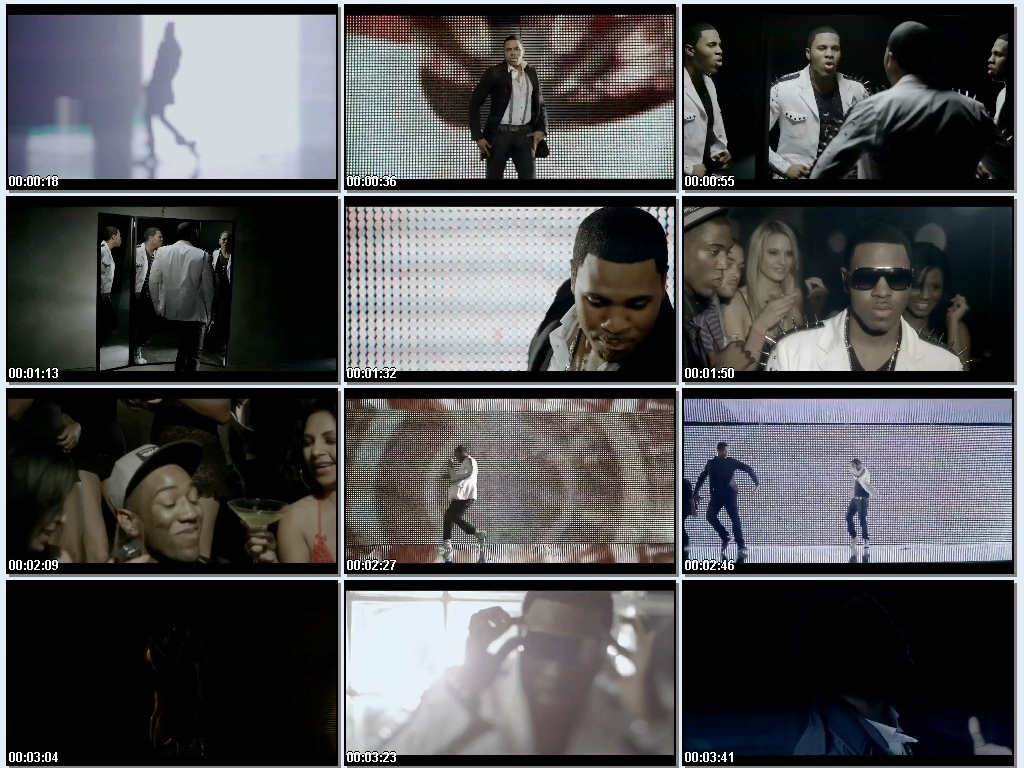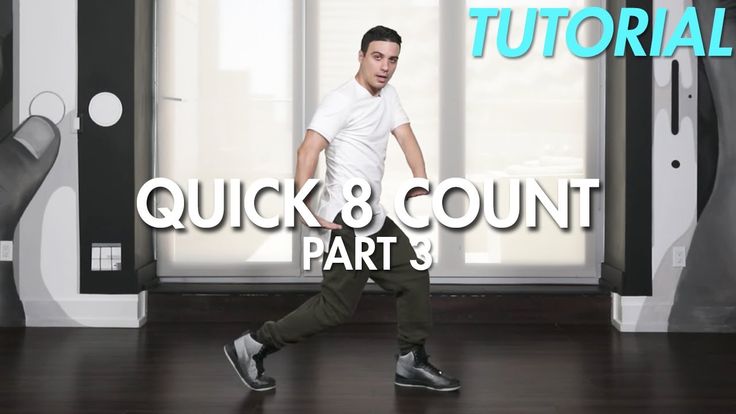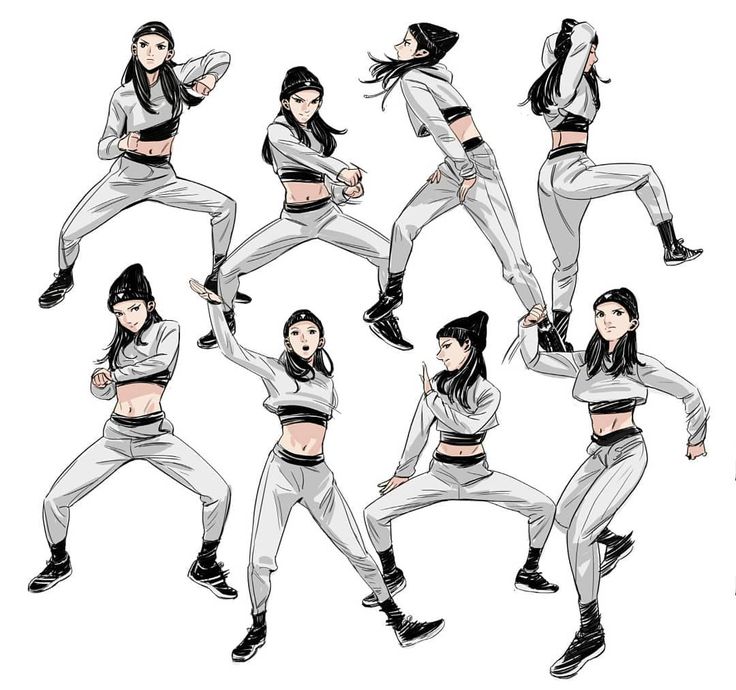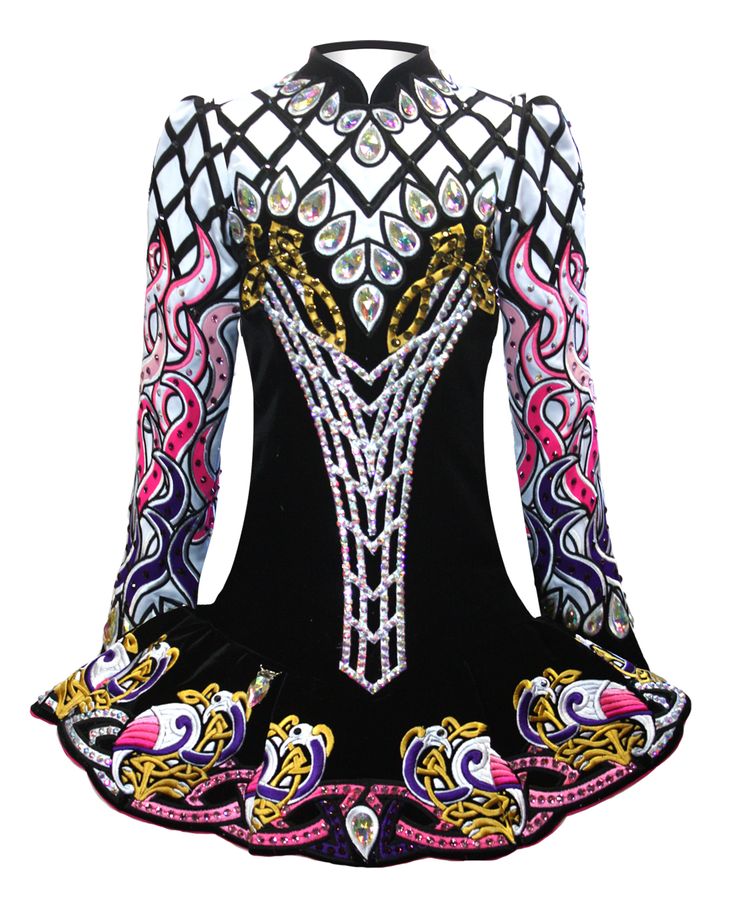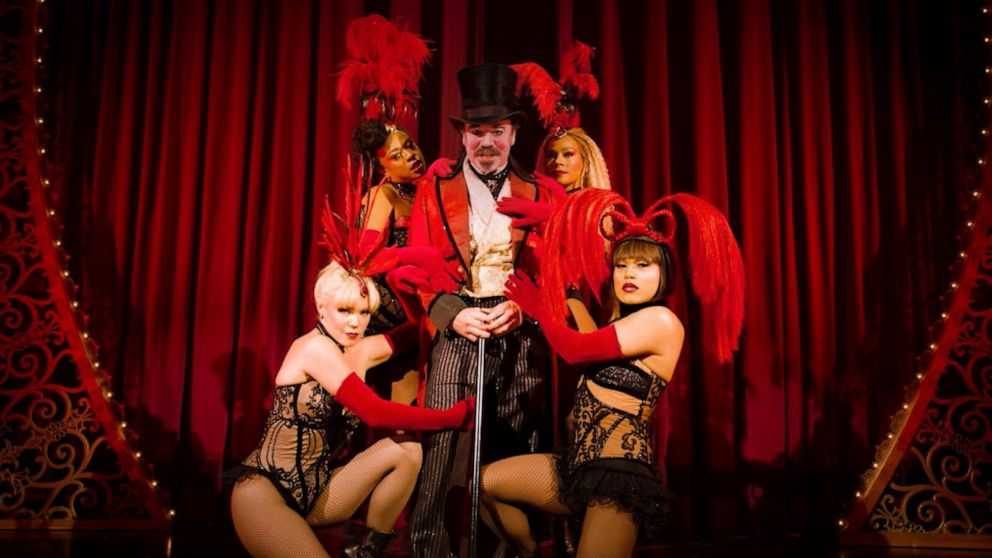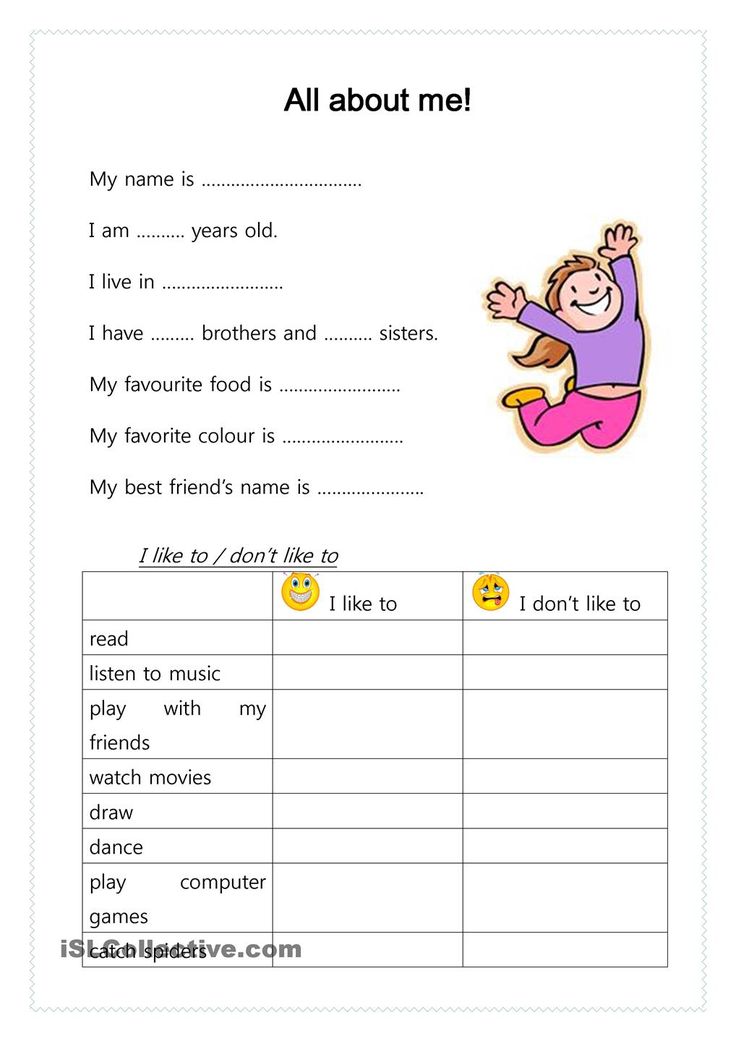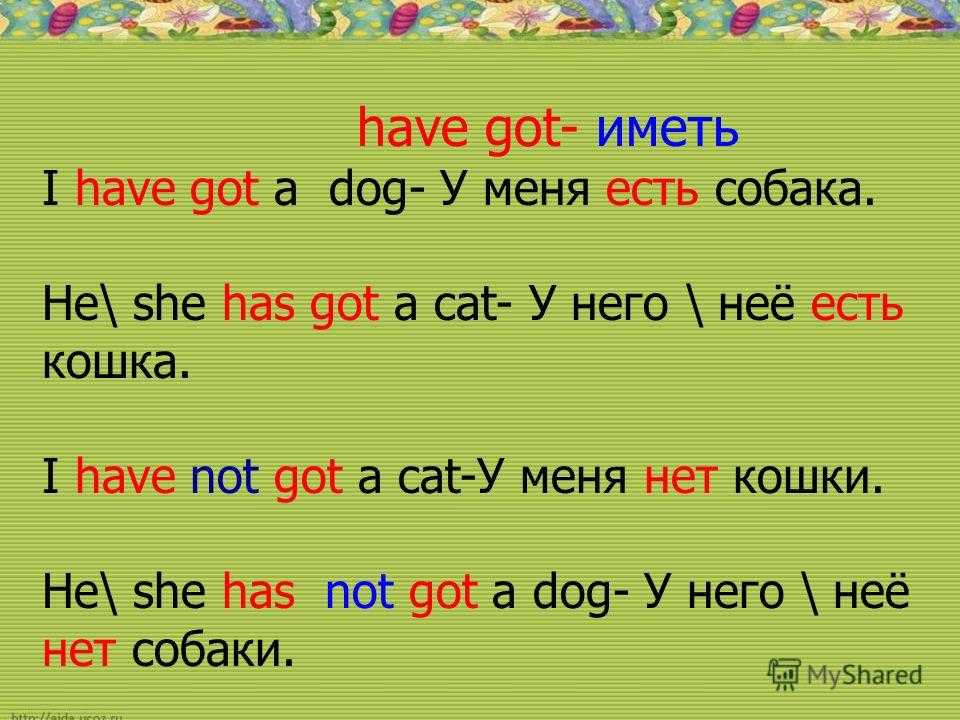How to dancehall dance
Learn 7 Basic Dancehall Moves
I just love Dancehall Jam! It makes me feel so cool and makes me feel like I can take on the world. The Dancehall moves are so fun and have such memorable names. It seriously feels like I’m not working out when I take a Dancehall class. It goes by so fast and I sweat so much! If you’ve never tried it, you’re in for a treat.
Dancehall Jam shoot in DTLA
Did you know that Dancehall is a popular genre of music in Jamaica? ?? The dancing came about when they wanted to help stage performances have more energy. Many popular Hip Hop moves are actually taken from dancehall so some of these moves might feel familiar and if not, you’ll definitely enjoy yourself. There’s nothing better than getting a one-on-one training with a professional and Zen is our go-to gal for Dancehall. She is so funny and so inspirational. She’s got spunk and her classes always end in sweatyness for days! You should definitely follow her Vegan adventures on insta.
View this post on Instagram
Tonight was a VIBEEEE!! @ardundundun ate my choreography for dinner 😂💜 #vibes #afrofusion #house #dancetheraphy @dancelinela
A post shared by Zen (@zenlifelany) on
This is a very popular Hip Hop move that you probably didn’t know came from Dancehall. You’re dipping your knee in the gap in between your legs one at a time. When you get the hang of this move, it’s really fun to let loose and groove to your own beat with your upper body. Do this for 5 minutes straight and believe me, you’ll feel the burn!
Our first dancehall move is the Frog Back.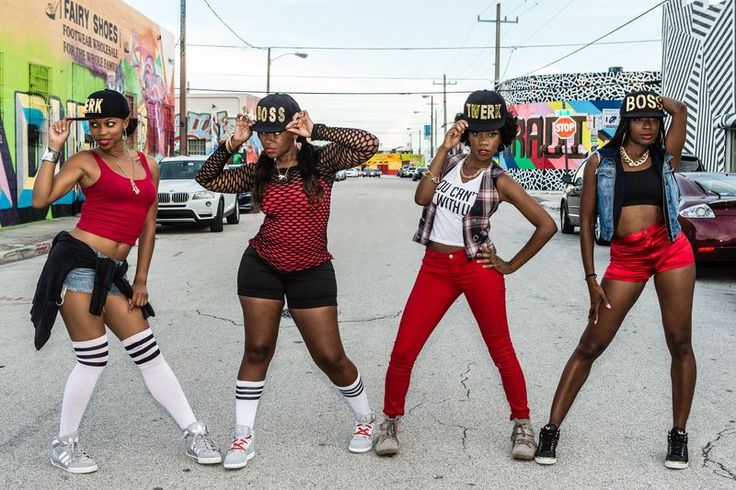 This is all done in a squat position so you know you’ll be working your thighs and calves. There’s also an arm movement with it and the trick is to move the arm opposite the leg that’s moving. So sort of like walking, it’ll come natural.
This is all done in a squat position so you know you’ll be working your thighs and calves. There’s also an arm movement with it and the trick is to move the arm opposite the leg that’s moving. So sort of like walking, it’ll come natural.
Just like a clock, your hips will tick tock and let’s start in a clockwise motion. To slow things down a bit, there are four corners you should hit; front, right, back and left. Once you get used to the dancehall rhythm you can try to go a little faster and even try counter clockwise. And challenge yourself by squatting down lower and see how low you can go!
Not only was hip hop influenced by dancehall, twerk dance was also derived from Jamaican moves. This one is a really fun move because not only do you get to make that booty pop, you also incorporate your standing strength and try to walk backwards. A little trick to get your booty to really pop is to place your thumbs on your lower back muscle and try to push it. Try it out and pop it, babe!
Try it out and pop it, babe!
Ooh, we’re getting to the super fun moves! Here’s another dancehall move that will improve your standing strength, in a wide squat stance, you basically do the tick tock really fast while going down to the floor and back up. If you repeat this move a couple of times, you’ll feel a burn in your inner and outer thighs. This is a fun one to do while doing mundane chores like dusting or washing the dishes. Try it out for yourself!
I saved the best one for last! This is my personal fave, the Jump and Wine. You start in a squat position and jump up and go down doing the Dirty Wine! I have sooo much fun doing this move and jumping in different directions that I really don’t feel like I’m doing a workout, but after repeating it over and over, I definitely feel it in my legs and my calves. OH and I dare you not to smile while do this move.
This one’s for the kids! Dabbing is a trendy dancehall move for the kids and teens, so you’ll definitely be a hit when you master this move.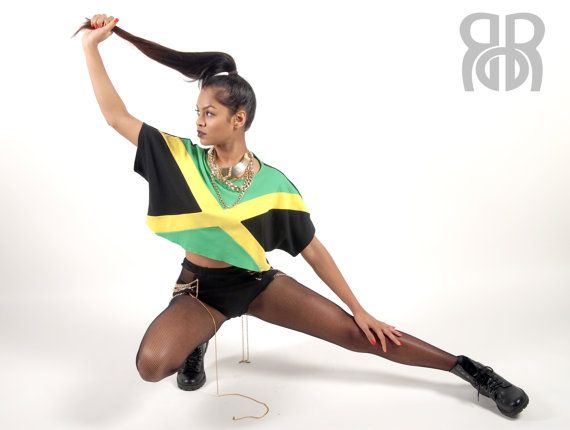 You don’t know it, but you already know half of this move. You bring your knee in just like in the Butterfly and then DAB. That’s right, we’re doing the dab.So you drop your head into your slanted bent arm while the opposite arm is raised straight in a parallel direction. It’s just like sneezing, but with style ?
You don’t know it, but you already know half of this move. You bring your knee in just like in the Butterfly and then DAB. That’s right, we’re doing the dab.So you drop your head into your slanted bent arm while the opposite arm is raised straight in a parallel direction. It’s just like sneezing, but with style ?
Dancehall is just one of the hundreds of dance classes available in our online dance workout studio. We are an inclusive and supportive community of women who are on a journey to get fit through dance.
Try A FREE Tone N Twerk Workout NOW!
Every Tone N Twerk workout starts with a toning routine that tightens your glutes. Then loosen up and learn a fun twerk dance that will surely make you feel sexy. Join us for Beginner Twerk. A 20 minute Tone N Twerk Dance Workout. You will learn how to isolate those glute muscles and get more twerk moves that you can bring with you to the club or just at home. We start with the Shuffle Twerk, Up Down Twerk, Pop Back Twerk then end with more advanced moves like the Pushup Twerk. If it’s your first time, don’t worry Nicole Steen will offer modifications. You got this babe and we’re here for you! Unlock your FREE Tone N Twerk Dance Workout video today.
We start with the Shuffle Twerk, Up Down Twerk, Pop Back Twerk then end with more advanced moves like the Pushup Twerk. If it’s your first time, don’t worry Nicole Steen will offer modifications. You got this babe and we’re here for you! Unlock your FREE Tone N Twerk Dance Workout video today.
dance moves dance videos dancehall
DANCEHALL-lecture noted - Tabanka Dance Ensemble
Dancehall is named after Jamaican dance halls in which popular Jamaican recordings were played by local sound systems. These began in the late 1940s among people from the inner city of Kingston such as Trench Town, Rose Town and Denham Town—Jamaicans who were not able to participate in dances uptown. Yes this means that Dancehall is definetly pre-HipHop.
POLITICAL REASON FOR LYRIC CHANGE
Social and political changes in late-1970s Jamaica, including the change from the socialist government of Michael Manley (Peoples Nationalist Party) to Edward Seaga (Jamaican Labour Party), were reflected in the shift away from the more internationally oriented ROOTS REGGAE towards a style geared more towards local consumption, and in tune with the music that Jamaicans had experienced when sound systems performed live.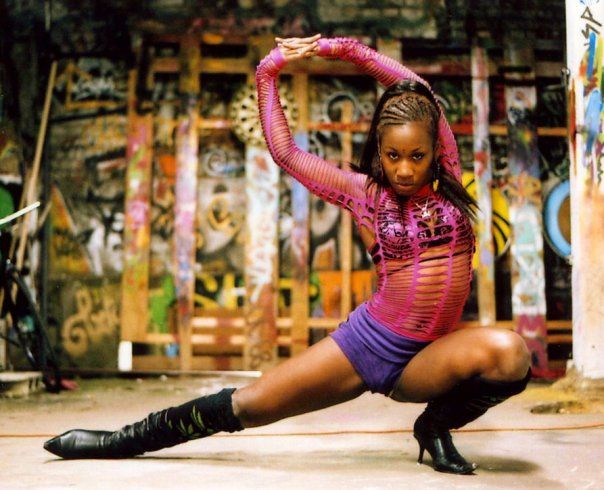 Themes of social injustice, repatriation and the RASTAFARI MOVEMENT were overtaken by lyrics about dancing, violence and sexuality.
Themes of social injustice, repatriation and the RASTAFARI MOVEMENT were overtaken by lyrics about dancing, violence and sexuality.
Toasting
Was the style of “talking” or rapping especially on the breaks of the songs, or in between the songs done by the DJ. The technique for “rap” or rhythmical talking used in Reggae and Dancehall is called toasting. Busta Rhymes is an example of a Rap artist that still very much uses this technique.
DJ or Toasters becoming the stars
Between 1970 and 1981 “Deejay” records became, for the first time, more important than records featuring singers. Another trend was sound clash albums, featuring rival deejays /or sound systems competing head-to-head for the appreciation of a live audience, with underground sound clash cassettes often documenting the violence that came with such rivalries.
Pioneers for the new artist; female and male raping superstars
Two of the biggest deejay stars of the early dancehall era, Yellowman and Eek-a-Mouse, chose humor rather than violence.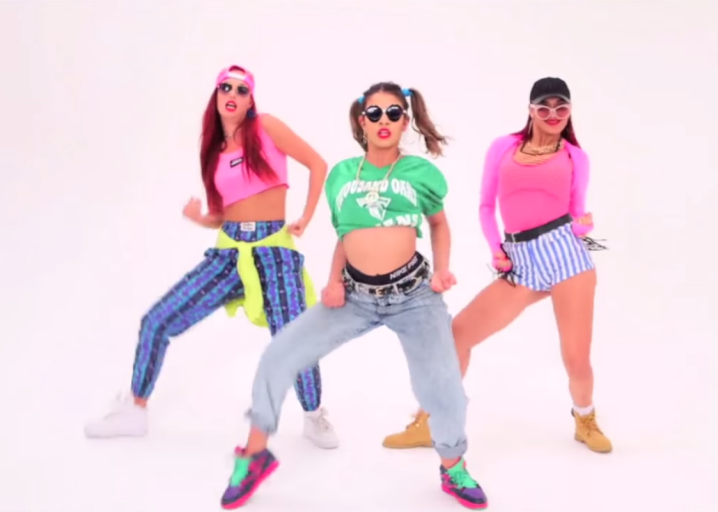 Yellowman became the first Jamaican deejay to be signed to a major American record label, and for a time enjoyed a level of popularity in Jamaica to rival Bob Marley‘s peak. The early 1980s also saw the emergence of female deejays in dancehall music, including: Sister Charmaine, Lady G, Lady Junie, Junie Ranks, Lady Saw, Sister Nancy, Patra and Shelly Thunder.
Yellowman became the first Jamaican deejay to be signed to a major American record label, and for a time enjoyed a level of popularity in Jamaica to rival Bob Marley‘s peak. The early 1980s also saw the emergence of female deejays in dancehall music, including: Sister Charmaine, Lady G, Lady Junie, Junie Ranks, Lady Saw, Sister Nancy, Patra and Shelly Thunder.
Yellowman is still the blueprint for performance that the Dancehall stars use, and for how popular “party” rappers like Nelly emulate. Lady G, Sister Nancy Lady Saw, and Patra pawed the way for female rappers and rap stars. Patra being the first to appear internationally and opening the door with “wukaman”, “queen of the pack” and other international hits. “pull up to my bumper” and her style became the hottest trend. She introduced the butterfly and lots of moves internationally, as well as she became the blueprint for the female artist, feminine, independent, “tomboyish” yet sexy and in control of her own sexuality.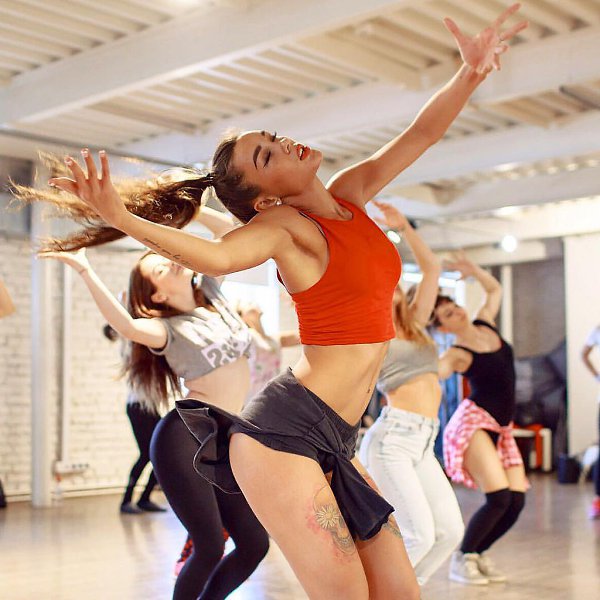 “What a man/Shoop” etc is very much in this spirit.
“What a man/Shoop” etc is very much in this spirit.
Trivia: Janet Jackson to many is the one who introduced the “box braid” style on hair and the jeans overall. This in itself was a tribute to and emulation of Patras signature style.
RIDDIMS
The digital recording or producing of rhythms was the next trend, that came with the digitalization of the genre. The first big hit was the “Sleng Teng” riddim.
The “Sleng Teng” rhythm was used in over 200 subsequent recordings. This deejay-led, largely synthesized chanting with musical accompaniment departed from traditional conceptions of Jamaican popular musical entertainment.
Dancehall is a popular dance genre springing out of English speaking Caribbean, and spearheaded from Jamaica. It is the mix and coming together of African retention dances of the region and Jamaica in particular, with popular culture, and youthful “innovation”. Dancehall has in the later years been used to package and sell Jamaican and Caribbean culture.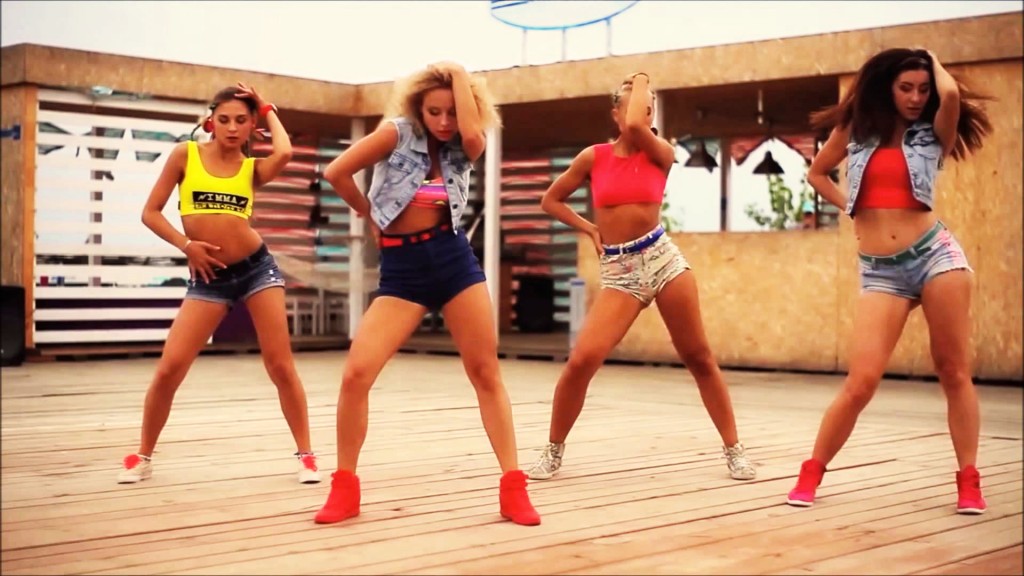 It has for that purpose been restructured in order to sell more on the international market. Dancehall is one of the larges industries in Jamaica.
It has for that purpose been restructured in order to sell more on the international market. Dancehall is one of the larges industries in Jamaica.
Dancehall has informed several other Dancestyles, predates Hip Hop culture, and has enjoyed several rounds of mainstreaming and crossover since the 1960s. The movements that inform Dancehall come predominantly from Jamaican traditional dance retentions. Reggae however is in itself also a fusion of these styles although not allowing for the same rhythmical diversity as Dancehall has. Dancehall springing out of Reggae and still being considered as a reggae sub-genre always adhers to the Reggae “feel” or “pulse”. This predominantly drawing from Kumina, nyabinghi (Rastafari), and Maroon roots. The 16 rhythmic genres of dance that Dancehall predominantly draws upon are the following:
- Maroon (African/Koromanti)
- *Myal (healing dance/related to yanvalou)
- *Kumina (African)
- Revival (African/Gospel)
- Rastafari (african)
- *Junkanoo (african)
- Hosay (muslim…Hussein)
- *Bruckings (African)
- *Burru (African)
- *Dinki Mini (African)
- *Ettu (African)
- *Gerreh (African)
- *Gumbay (African)
- *Quadrille (European/African)
- *Tambu (African)
- *Zella (African)
The majority of these are considered to be religious dances, and have evolved considerably over the years.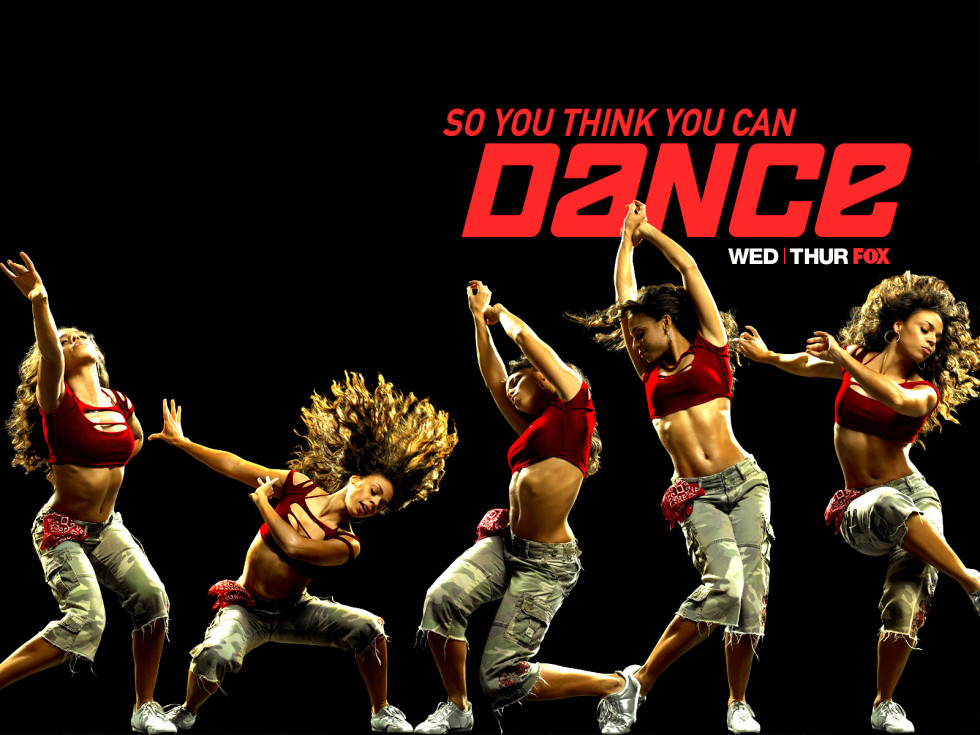 One of the few to not be associated with faith, the Junkanoo dances, still exist today in their original style. As well as the characters of the Junkanoo is very much what has informed the different styles of Dancehall.
One of the few to not be associated with faith, the Junkanoo dances, still exist today in their original style. As well as the characters of the Junkanoo is very much what has informed the different styles of Dancehall.
*Note on dance creation: Each of these styles are genres and have many variations, characters etc. It is a huge dictionary of vocabulary to choose from, ranging from highly symbolic, social, and or daily activity things. Rhythms from these styles are widely sampled in the Dancehall Rhythms and which moves go with the rhythms are usually dictated by which genres it is sampling. Below follows a short description of each dance. Notice how we have included which area of Jamaica it is from. Usually dancers will draw from dances with a strong connection to their area, as well will producers and Djs. Gully vs Gaza and other fractions also have a clear distinction in sources of inspiration and or retentions, and this is how dancehall identity and culture has been built, cross promoting these dividers.
BRUCKINS
Bruckins, as a member of the creolised group of traditional dances, reveals a unique mixture of African and European influences. The Bruckins party is a stately, dipping-gliding dance typified by the “thrust and recovery” action of the hip and leg. It was performed in the past mainly to celebrate the anniversary of Emancipation from slavery on the 1st of August, 1838.
BURRU
This particular form of dance is a fertility masquerade found in Lionel Town and Hayes (Clarendon). It has familiar features to the Jonkunnu. The dance shows strong fertility elements as evidenced in the deliberate rotating action of the hip while bending through the knees accompanied by breaks of intermittent small jumps.
DINKI-MINI
Dinki Mini is done on the Eastern end of the island in the parish of St. Mary. It is usually performed after the death of a person until the ninth night. These ‘Nine-Night’ sessions are lively and are held usually to cheer up the bereaved.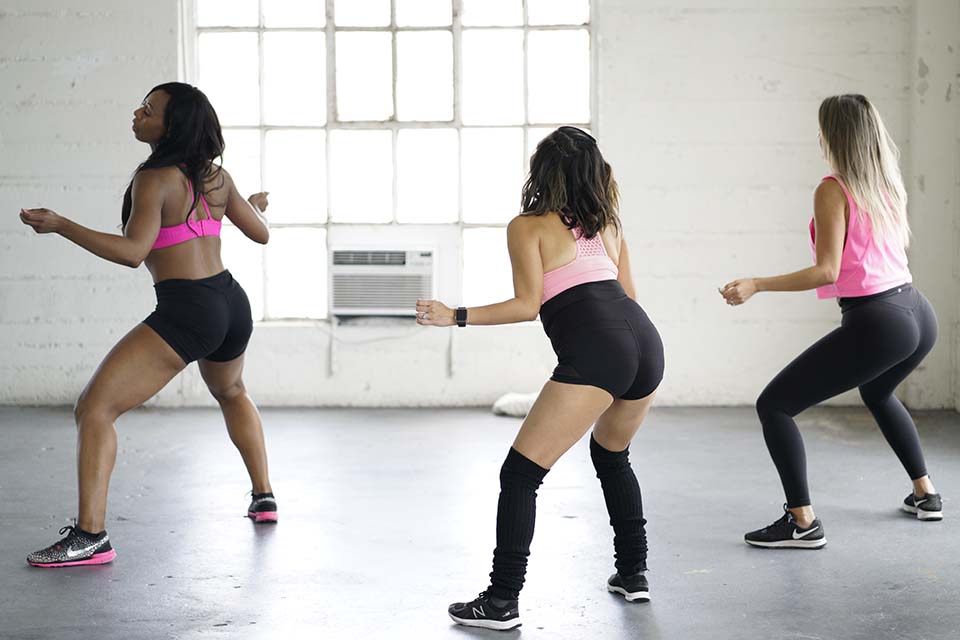 During the performance the male dancer bends one leg at the knee and makes high leaps on the other foot. Both male and females dance together with very suggestive pelvic movements. An integral aspect of this dance is the use of the instrument called a benta.
During the performance the male dancer bends one leg at the knee and makes high leaps on the other foot. Both male and females dance together with very suggestive pelvic movements. An integral aspect of this dance is the use of the instrument called a benta.
ETTU
The Ettu dance is performed in the parish of Hanover and is a social dance from Africa. It is believed that Ettu is a corruption of the word Edo, the name of a West African Yoruba Tribe. The dance involves the lifting, and dropping of elbows and shoulders, with the feet doing sideways shuffling step. The songs are short and repetitive, built on four notes only and sung in a Yoruban dialect.
GERREH
The Gerreh is a dance of African origin that is performed the night after the death of a person. The dance is very lively and celebratory in nature and geared to cheering the bereaved. It is similar to the Dinki Mini and Zella with more emphasis being placed on the hip movements executed mainly by the female dancers. The instruments used in Gerreh are similar to those used in Dinki Mini with pot covers taking the place of the benta.
The instruments used in Gerreh are similar to those used in Dinki Mini with pot covers taking the place of the benta.
GUMBAY
The Gumbay dance, an element of the healing cult of the same name, was also performed in the parish of St. Elizabeth and is derived from Myal. The dance consists of a series of long steps followed by vibrating sideways body movements and by wheeling turns and sudden stops with pelvic forward tilt. During possession various feats such as back bending, rolling over in somersaults and climbing high coconut trees could be observed. This dance is well known among members of the Maroon population.
*JONKONNU
A strong dance and musical tradition in Jamaica, Jonkonnu has been preserved the most accurately through the years, recognized as the oldest dance style on the island. A fusion of African mime and European folk theater, Jonkonnu always tells a story, and is often cast like a play with each dancer receiving a specific character to portray.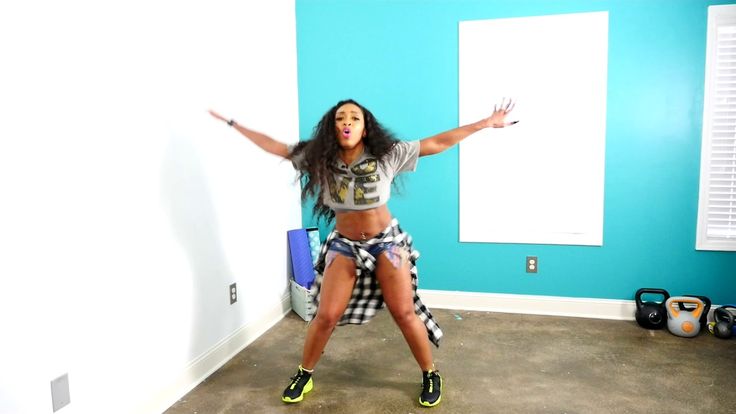 Much of the humor and play, very much used by for example “Les Twins”, involving theatrics, dancers forming together to make bikes, horses and saddle etc etc comes from this form.
Much of the humor and play, very much used by for example “Les Twins”, involving theatrics, dancers forming together to make bikes, horses and saddle etc etc comes from this form.
Traditionally-assigned characters, each with their own choreography, include:
- Pitchy Patchy – a lively character with small and rapid steps. He also moves in circular patterns that take up much of the dance space, and includes basic acrobatics like cartwheels into his movements.
- Devil – though the title sounds ominous, Devil is actually charming and entertaining, with an alternation of small and bouncy steps with long and fluid ones. Combined with turns and jabs with a pitchfork, this character is noted in many Jonkonnu
- Cow Head – low to the ground and sticking to bucking movements, this dancer moves much like an actual cow head.

- Belly Woman – performs belly movements in sync with the rhythmic beats of the music
- Set Girls – costumed groups of female dancers who fill out what can be considered the ensemble or chorus line of Jonkonnu
KUMINA
Kumina is a religious group, which originated in Congo, West Africa, and was brought to Jamaica by the free Africans who arrived between the 1840s and 1860s. According to Dr. Olive Lewin in her book “Rock it Come Over”, Kumina expresses the strongest African retention of Jamaican folk culture, and provides powerful clues about the religious and social customs of the African ancestry. It is generally performed in the parish of St. Thomas to celebrate special events such as engagements and weddings. The three most important elements in a Kumina session are dancing, singing and drumming. The drums are believed to be the most important because of the control they have over the spirits.
MYAL
Myal is one of the oldest dances in Jamaica and is associated with a type of religious observance. It was mostly performed in the parish of St. Elizabeth and has been erroneously associated with Obeah. The dance shows a wide range of body movements, extensive use of space and violence of action. These are done by throwing the body on the ground and by acrobatic feats, as well as a vibrating movement brought about by a succession of rapid sideway shifts from foot to foot, on the toes and with knees bent.
QUADRILLE
Quadrille is a coupled (male and female) dance in Jamaica which was danced during slavery. There are three styles – the Ballroom Style, the Camp Style and the Contra Style. The Ballroom Style (or Square) of Quadrille originated from the popular dance of the French and English in the 18th and 19th centuries and highlighted the elegance and mannerisms of the elite of these societies. While the Camp style of Quadrille also known as long way set formation includes African elements and is known as the Afro-Jamaican version of the Ballroom Quadrille.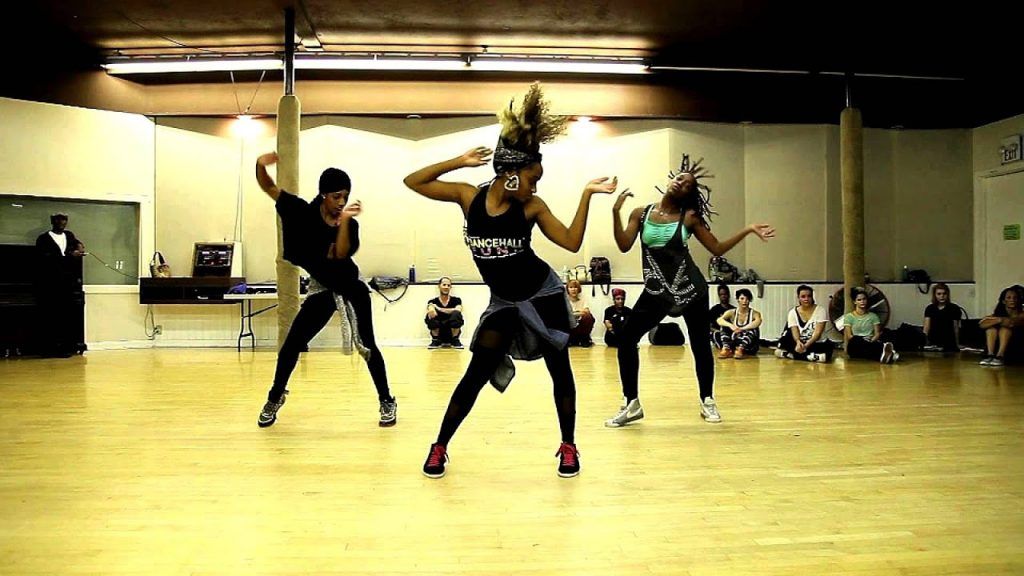 The Contra Style Quadrille is performed only to Mento music from beginning to end.
The Contra Style Quadrille is performed only to Mento music from beginning to end.
TAMBU
The tambu dance takes its name from the drum referred to as “tambu” and is performed mainly for entertainment with couples facing and moving towards each other using the Shay-shay, Saleone and Mabumba sequence. The shay-shay features rotating action of the hips, shuffling along with one foot on the ball.
ZELLA
This folk dance form is rarely heard of but is similar in form and structure to the Dinki Mini as it forms part of the death observances and rituals in Portland. The difference is in the main instruments which is a pair of Kumina drums.
Dancehall (Dancehall) - dance lessons for beginners in St. Petersburg at Show Time school
Home \ Directions \ Dancehall
You can get acquainted with the prices here Prices
See all current promotions here Promotions and discounts
You can sign up for groups By the link or by phone 961-70-95 70
| | | | |
| Tue, Fri | 18:00 | Olesya Tkachenko | Open group |
| sat | 16:00 (2 hours) | Alexandra Kryukova | Open group |
Dancehall (Dancehall) is a dynamic dance of freedom, self-affirmation and self-confidence, for which presentation and character are important.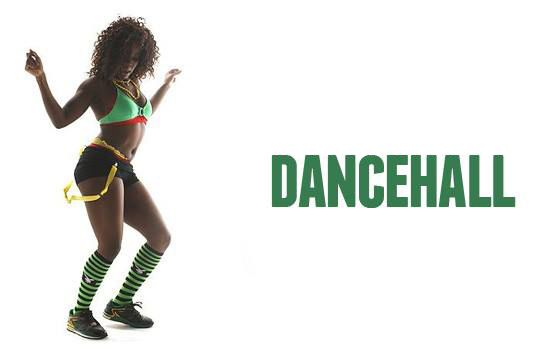 Today it is danced everywhere: at holidays, parties, clubs and even on the streets. Feel the rhythms of Jamaican music, feel the energy of the Jamaican sun and incendiary dancehall dance moves.
Today it is danced everywhere: at holidays, parties, clubs and even on the streets. Feel the rhythms of Jamaican music, feel the energy of the Jamaican sun and incendiary dancehall dance moves.
Show Time dance school invites you to dancehall lessons for beginners in the center of St. Petersburg. Already at the first lesson, you will feel more confident and attractive, let your body loosen up and get rid of the clamps. Our school has extensive teaching experience and will be happy to share the culture of modern dancehall dance with you. nine0003
Basic dance movements Dancehall
The basis of the style is reggae rhythm, which is based on technical circular movements of the hips and buttocks (vines), dance ligaments (steps), smooth isolated body movements. The dance can be fun, innocent, energetic, and sexy, but it can also include displays of strength, power, and aggression.
At first glance, the dance seems chaotic, but in fact it is a well-established routine, an endless mix of energetic movements of the hips and chest. The main load falls on the muscles of the legs, arms, buttocks and abs. The direction has more than 800 basic movements. Most popular moves and combinations: Frog Back, Butterfly, Tick Tock, Step Back with Booty Pop, Dirty Wine Squat, Jump and Wine, Willie Bounce, Wacky Dip, Back to Basics, Cow Foot, Raging Bull, Wine, One Drop, The Bogle, Beyonce Wine, Signal the Plane. But the most important thing will be the attitude, that is, the feeling of the dance. After all, Jamaicans do not learn dance in studios, but live in the dancehall rhythm. nine0003
The main load falls on the muscles of the legs, arms, buttocks and abs. The direction has more than 800 basic movements. Most popular moves and combinations: Frog Back, Butterfly, Tick Tock, Step Back with Booty Pop, Dirty Wine Squat, Jump and Wine, Willie Bounce, Wacky Dip, Back to Basics, Cow Foot, Raging Bull, Wine, One Drop, The Bogle, Beyonce Wine, Signal the Plane. But the most important thing will be the attitude, that is, the feeling of the dance. After all, Jamaicans do not learn dance in studios, but live in the dancehall rhythm. nine0003
The technical side is like a mixture of hip-hop, twerk and reggaeton, which is complemented by the plasticity typical of black dancers.
Dancehall for Beginners at Show Time
Join the rhythms of sunny Jamaica by enrolling in dancehall lessons for beginners at Show Time. Already at the first lesson, you will feel the powerful positive energy of dance, get a good muscle workout and be able to start dancing.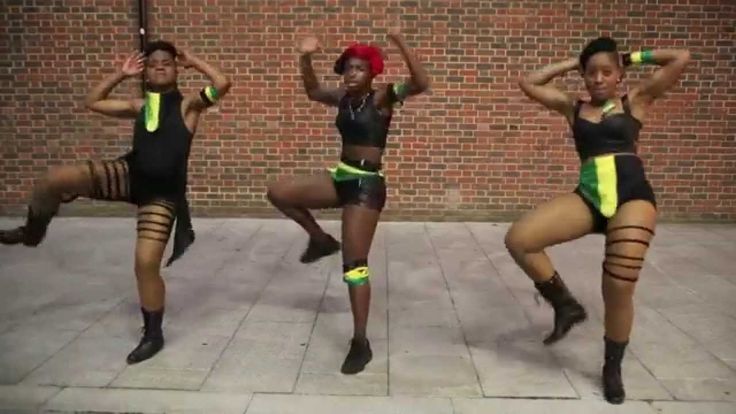
Thanks to an individual approach, you can quickly learn the dance sequences, develop the natural beauty of movements. You will learn to dissolve in positive, bright musical rhythms and forget about everyday worries while learning. After learning just a few basic movements, you can easily improvise to music at parties or in clubs. And most importantly, you will be able to realize yourself through dance and become more confident! nine0003
Sign up for a trial dancehall lesson at the Show Time dance school using the link or by phone: 8 (812) 961-70-95, 8 (911) 762-51-70
Dance with us))
All details by tel.:
8 (812) 961-70-95
8 (911) 762-51-70
lessons for beginners in Saint-Petersburg
Schedule and prices
The birthplace of dancehall dancing is sunny Jamaica, whose inhabitants have always been distinguished by their original musical culture. At first, it was danced right on the streets of Kingston, from where it has already moved to clubs and dance floors around the world.
At first, it was danced right on the streets of Kingston, from where it has already moved to clubs and dance floors around the world.
Today, the popularity of this direction, both in Russia and in many other countries, continues to rapidly gain momentum. nine0003
Sign up for a trial lesson
Features and mood of dance
Dancehall is a whole culture, for many dancers it is a way of life, not just leisure. The Jamaicans invested mystical meaning in it, trying to establish a relationship with the outside world through dance.
Dancehall classes are one of the most incendiary, because it is a dance of self-confidence, self-affirmation and freedom. Everyone dances it, but men and women have differences in the performance of many movements, and there are more than 800 of them, and new ones appear every day. Emphasis is placed on moves and steps, exploding, smooth, plastic movements. nine0003
Despite the abundance of erotic elements, the dancehall is completely devoid of any obscenity.
It is permeated with harmony and special energy.
Who is this direction for? It is danced by both adults and children, men and women of different ages. dancehall is danced in clubs, at parties, on the streets.
Is it difficult to learn how to dancehall? nine0079
For beginners, the lessons may seem too complicated, but they really aren't. It is available to all people without exception, regardless of their level of training.
Our trainers know how to find the right approach and create individual training programs. Dancehall lessons for men and women allow them to increase self-esteem, reveal their attractiveness, liberate themselves, feel free and natural with any music.
Dancehall lessons in St. Petersburg
Our teachers are experienced and able to teach at the highest level. You will never be able to get so many tricks and secrets, avoid mistakes, trying to master the dance on your own, from video lessons.
Join the incendiary dancehall in St. Petersburg by signing up for classes at the La Boca dance school!
Petersburg by signing up for classes at the La Boca dance school!
Schedule
You can also see the full schedule of classes
Prices
| Conditions | Cost |
| Cost of a trial lesson (when buying a subscription, a trial lesson is free) | 300 |
| The cost of the lesson (when buying a subscription for 4 classes) | 550 |
| The cost of the lesson (upon purchase of an subonary for 12 lessons) | 416 |
| The cost of the lesson (when purchasing a Full Pass subscription for 1 month) | 300 |
You can find all payment options in the "Cost" section. nine0003
Frequently Asked Questions
What clothes are suitable for class?
Come to class in comfortable clothes and shoes that allow you to move freely. The best option is shorts / leggings, a T-shirt, sneakers / sneakers. For complex ligaments, protection may be needed - knee pads.
